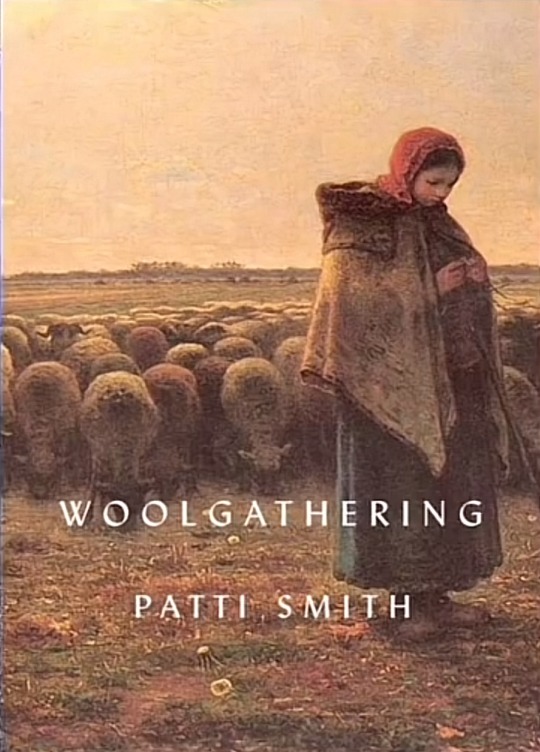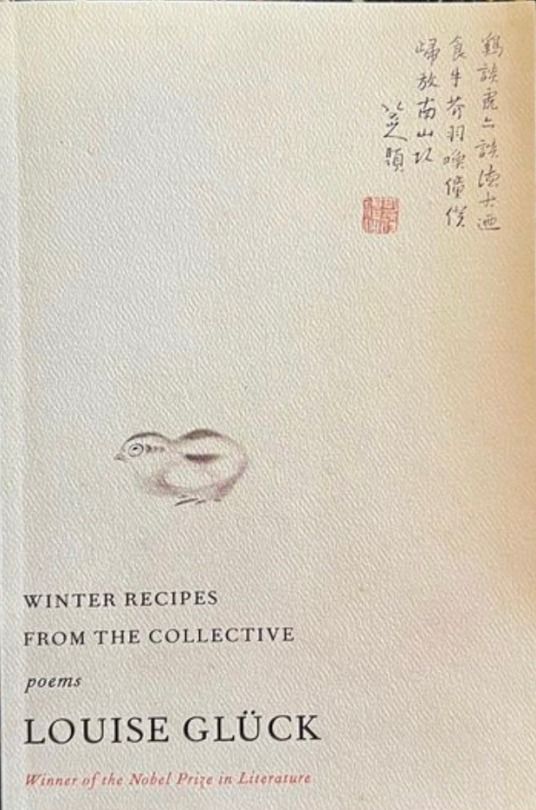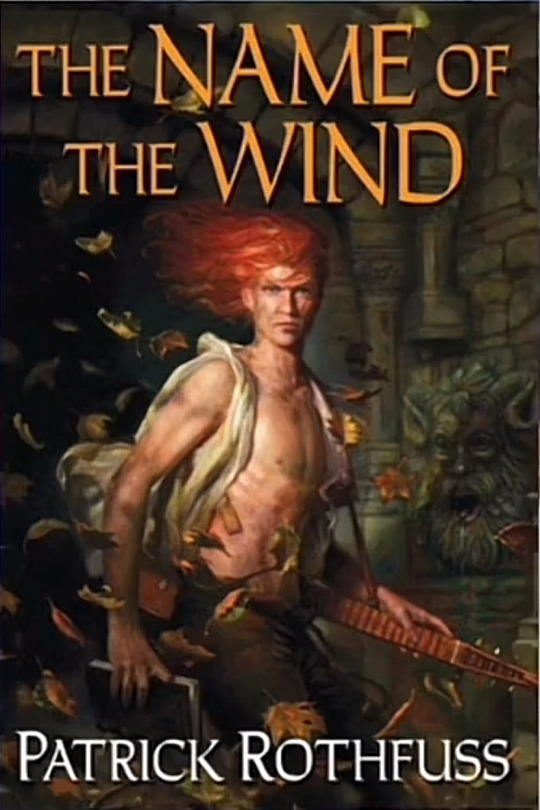#caleb klaces
Explore tagged Tumblr posts
Text






Some of Taylor Russell’s favorite books!
#taylor russell#books and reading#the effect#bones and all#patti smith#Caleb Klaces#louise glück#carl g. jung#patrick rothfuss#nona fernandez
52 notes
·
View notes
Text
favourite poems of july
knar gavin strindberg grey
dahlia ravikovitch the love of an orange (tr. chana bloch)
danez smith summer, somewhere
hannah gamble your invitation to a modest breakfast: “your invitation to a modest breakfast”
claire schwartz lecture on the history of the house
joseph brodsky collected poems in english, 1972-1999: “a part of speech”
ralph angel twice removed: “alpine wedding”
bob hicok insomnia diary: “spirit ditty of no fax-line dial tone”
caleb klaces language is her caravan
philip good & bernadette mayer alternating lunes
hester knibbe light-years (tr. jacquelyn pope)
tracy k. smith life on mars: “the universe as primal scream”
rigoberto gonzález other fugitives and other strangers: “the strangers who find me in the woods”
stephen edgar murray dreaming
james schuyler other flowers: uncollected poems: “light night”
amy beeder because our waiters are hopeless romantics
diane seuss backyard song
tomás q. morín love train
safiya sinclair the art of unselfing
carol muske-dukes skylight: “the invention of cuisine”
peter gizzi the outernationale: “vincent, homesick for the land of pictures”
william matthews selected poems and translations, 1969-1991: “onions”
c.k. williams butcher
mark mccloskey the smell of the woods
jennifer chang the age of unreason
richard blanco city of a hundred fires: “contemplations at the virgin de la caridad cafeteria, inc.”
bob hicock the pregnancy of words
j. allyn rosser impromptu
carl phillips then the war
stephanie young ursula or university: “essay”
gloria e. anzaldúa the new speakers
kofi
#tbr#knar gavin#strindberg grey#strindberg gray#dahlia ravikovitch#the love of an orange#chana bioch#danez smith#summer somewhere#hannah gamble#your invitation to a modern breakfast#claire schwartz#lecture on the history of the house#joseph brodsky#collected poems in english#a part of speech#collected poems in english 1972-1999#ralph angel#twice removed#alpine wedding#bob hicock#insomnia diary#spirit ditty of no-fax dial tone#caleb klaces#language is her caravan#philip good#alternating lunes#bernadette mayer#hester knibble#light-years
801 notes
·
View notes
Text
Prototype 2020 out now
Prototype 2020 out now
Prototype 2020, prose and poetry anthology published by Prototype Publishing, London, p.175, ISBN 978-1-913513-03-0.
Editor: Jess Chandler, Designer: Theo Inglis
The anthology includes work written with Rupert Loydell for the forthcoming collection The Geometric Kingdom.
Writers: Astrid Alben, Caroline Bergvall, Linda Black, Lochlan Bloom, Iain Britton, Sam Buchan-Watts,…
View On WordPress
#Aaron Kent#Ahren Warner#Aisha Farr#Alex MacDonald#Ali Lewis#Amanda Thomson#Anne Vegter#Astrid Alben#Caleb Klaces#Caroline Bergvall#Cathleen Allyn Conway#Claire Crowther#contemporary poetry#contemporary prose#David Turner#Dominic Jaeckle#Donya Todd#Elizabeth Reeder#Emily Critchley#Gareth Evans#Helen Marten#Hisham Bustani#Hoagy Houghton#Iain Britton#Jazmine Linklater#Jess Chandler#Lavinia Singer#Leonie Rushforth#Linda Black#Lizzy Turner
0 notes
Text
In the third image it looks as though the flowers grow from the wrestlers’ bodies. Their muscles are like a soil. Their skin is a habitat. In this way, the third image makes visible an invisible truth: that long before they become parents, if they do, all persons everywhere support the lives of much smaller creatures on their bodies. If this third image were a book, I thought, you would open that book and the grubs that lived in the trees that were pulped to form the pages – these grubs would crawl out onto the desk, alive, in front of you. Towards the end of the novel that came out of those thoughts, floodwater drenches the narrator-father’s notebooks. Life on paper, I wrote, was nourished by fertilizer, washed into the river from fields upstream. For the father, this is a bad kind of thriving. But it is also a new way to discover his privilege.
— Caleb Klaces, Notes on Craft, Granta (Essays & Memoir)
Published on March 4th, 2020
0 notes
Text
Her moths, the ones that were too aptly named, meant too much, her moths that she hated, where are they now? The same place as all the versions of people that have been undressed and slept with, in lieu of the people themselves, by others. That must include a version of almost everyone, lots of versions of some people, some only a flutter, animated then decided against.
Caleb Klaces, "Moths"
1 note
·
View note
Text
Moths
A translator who has a phobia of moths spent three years translating a book with a moth motif. It’s ironic, she has said, that she knew more about the moths than the author of the original, who was merely fascinated. The translation contained a greater variety of moths than the original, drawn from suggestions she had made, some of which were in fact too perfect and changed back before it went to print. Her moths, the ones that were too aptly named, meant too much, her moths that she hated, where are they now? The same place as all the versions of people that have been undressed and slept with, in lieu of the people themselves, by others. That must include a version of almost everyone, lots of versions of some people, some only a flutter, animated then decided against. Caleb Klaces
18 notes
·
View notes
Photo

#Pighog#Brighton#caleb klaces#Martin Myers#eyewear publishing#Some Circular Walks in Sussex#redroaster
0 notes
Text
Cats on Fire
A postcard that fell from a book about writing books of history bent double a beautiful man who handing it back to me said, “Here’s one for you: as a child I had no reason not to believe my mother when she claimed it was she alone could ignite the flames inside the cat’s eyes that with faultless timing unblinded the country lanes we rolled dimly through from swimming practice home.
Click here to read the rest of "Cats on Fire," a poem by Caleb Klaces—part of our National Poetry Month package.
1 note
·
View note
Text
It felt necessary to write the joy and gentleness of flowers alongside the starling aggression and vulnerability of a man stripped naked, and it seemed imperative to let the baby’s perspective shadow my own. Like an eye stuck in what it sees, the technology that produced the third image is visible inside its surface. The white lines that scar the image have the associations of an X-ray: the air of bad news, held up by a doctor on a backlit screen (I’m afraid it’s broken. Every bone is broken). In the same way, I felt the baby’s eye lodged in my chest. I wanted to write a fiction using her grammar.
— Caleb Klaces, Notes on Craft, Granta (Essays & Memoir)
Published on March 4th, 2020
0 notes
Text
I wondered if it might be possible to write a book in the spirit of this third image, intentionally. After the birth, the bedroom is full of flowers and naked torsos. The globalised flower industry collapses geographical foreground and background: someone brings a bouquet of tulips which have arrived on a lorry from Zundert, where Van Gogh was born, and another person brings carnations which have been air-freighted from Kitale, Kenya. The baby’s eye, which has no depth perception, cannot differentiate between her father’s face and the bright petals that wave and smile from their vases. Every detail, whether close or distant, is potentially vital, a curiosity, a threat.
— Caleb Klaces, Notes on Craft, Granta (Essays & Memoir)
Published on March 4th, 2020
0 notes
Text
I was moved by Gadsby’s story about where art comes from: not from isolated individuals, but from their connections to other people. In the third image, that story is made into matter. In the third image, the structures that support (and are concealed by) the paint are suddenly afforded the dignity of participation in a continuous foreground. In this image, it seems as though all matter is granted an equal and undiminished right to exist. The artist himself never got to see the stitching, the frame and the layers of toxic paint all at once in their singular glory. The image is a collaboration between Van Gogh and generations of scientists, art historians and institutions he never met: from Wilhelm Röntgen, who discovered and was killed by X-rays, to Ellen Joosten, the curator of the Kröller-Müller Museum, who admired ‘Still Life with Meadow Flowers and Roses’ but could not make a definitive attribution.
— Caleb Klaces, Notes on Craft, Granta (Essays & Memoir)
Published on March 4th, 2020
0 notes
Text
At the end of the show, Gadsby reveals that jokes she has told during the performance have been designed to conceal and smooth over the truth of the anecdotes they stem from, a truth which is not funny at all. The truth is that she has suffered shocking homophobic violence. This is trauma that has been concealed – as flowers conceal wrestlers – by punchlines.
— Caleb Klaces, Notes on Craft, Granta (Essays & Memoir)
Published on March 4th, 2020
0 notes
Text
Artists must suffer, the man tells her. To make his point, he refers to Vincent Van Gogh. We wouldn’t have ‘Sunflowers’, would we, if Van Gogh had been on antidepressants? Gadsby unpicks the man’s argument. She tells the man that Van Gogh was indeed on medication. (The drug was digitalis, extracted from a flower, the foxglove.) In fact his particular medication was likely to have had a side effect known as xanthopsia: a predominance of yellow in vision. The medication may have helped make Van Gogh’s sunflowers perversely, groundbreakingly sunny.
— Caleb Klaces, Notes on Craft, Granta (Essays & Memoir)
Published on March 4th, 2020
0 notes
Text
Two men console one another in flowery combat. They grip their taut, vulnerable bodies in attack and restraint. Their flesh is withered. Everything is alive and ghoulish: the wooden frame – both above and below the figures – is weirdly animated; the left wrestler’s pert black nipple stares back with greater intensity than the space where his eyeball should be. Petals sprout from white human sinews. White flowers explode like fireworks around them, like they are seeing stars. Aggression and competition are indistinguishable from the simple generosity of a summer meadow.
— Caleb Klaces, Notes on Craft, Granta (Essays & Memoir)
Published on March 4th, 2020
0 notes
Text
He took the wrestlers with him, and in the summer, reused the canvas for another painting. Over the human figures he painted a huge bunch of flowers, selected from those that were in bloom: poppies, cornflowers, forget-me-nots, pink roses, larkspurs, camomile, calendula, chrysanthemum, asters, ox-eye daisies and hydrangeas. The large canvas – which he turned, ironically, from ‘landscape’ to ‘portrait’ orientation – presented a challenge: the flowers in the vase were high up, leaving a large space underneath. When he came back to the painting, he filled this space ‘with an opulent foreground’ of loose blooms.
— Caleb Klaces, Notes on Craft, Granta (Essays & Memoir)
Published March 4th, 2020
0 notes